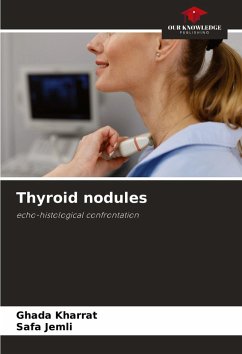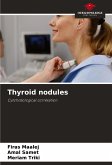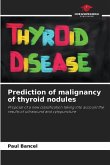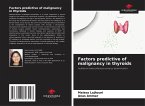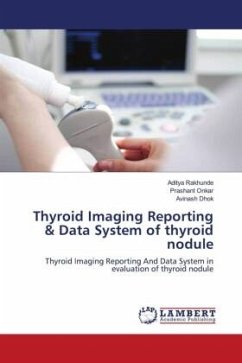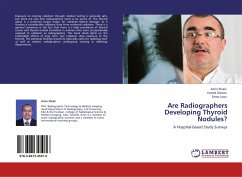Introduction : The EU-Tirads 2017 ultrasound classification of thyroid nodules has been adopted to predict the degree of malignancy of thyroid nodules and thus minimize unnecessary thyroid surgery. Our aim was to study the validity of the EU-Tirads 2017 ultrasound classification by performing a radiohistological confrontation.Methods: We conducted a retrospective study over the period from 2017 to 2020,involving 300 patients operated on for nodular thyroid pathology and who underwent thyroid ultrasonography using the EUTIRADS 2017 classification, patients were managed at the Oto-Rhino-Laryngology Department of Mohamed Taher Maâmouri Hospital Nabeul, Tunisia .Results: we found malignancy prediction percentages of 0%, 22.1%, 41.4% and 36.4% for nodules classified EUTIRADS 2,3,4 and 5 respectively. A statistically significant association of prediction of malignancy was noted for EUTIRADS 5 score. Two criteria of score 5, namely high hypoechogenicity and irregular contours, were significantly associated with malignancy, with sensitivities of 85.2% and 62% respectively.
Bitte wählen Sie Ihr Anliegen aus.
Rechnungen
Retourenschein anfordern
Bestellstatus
Storno

